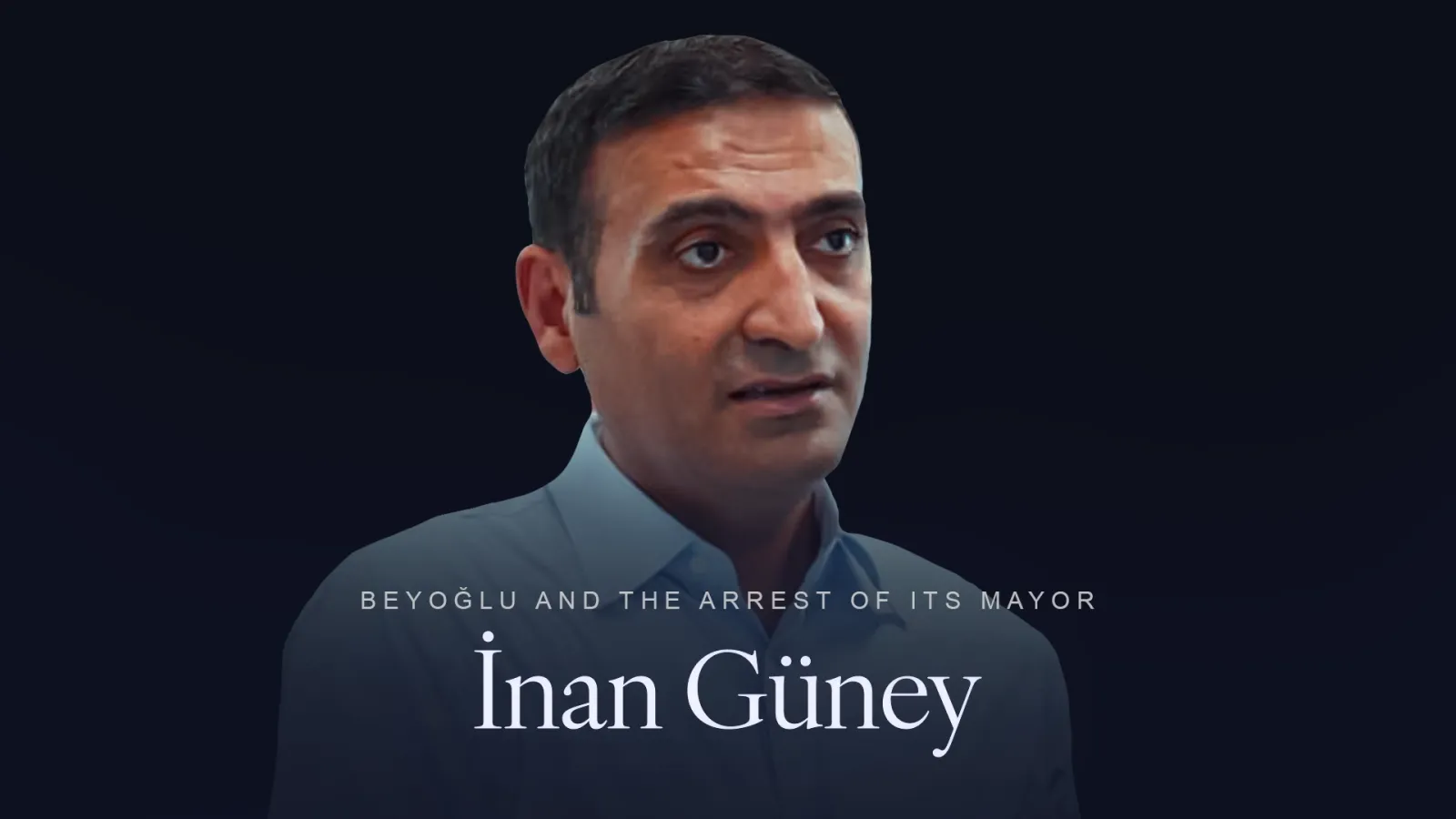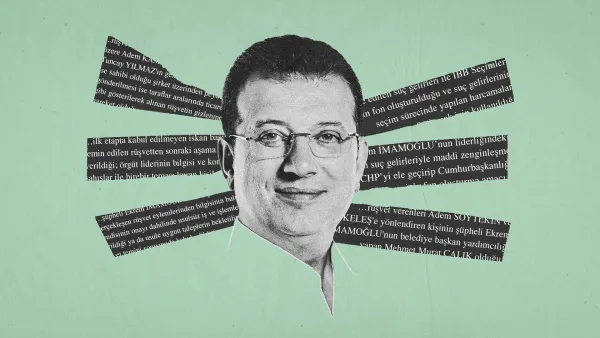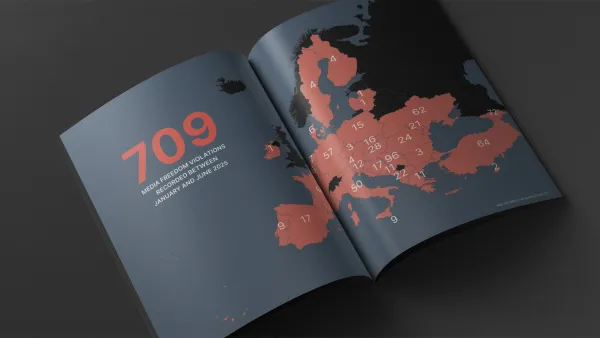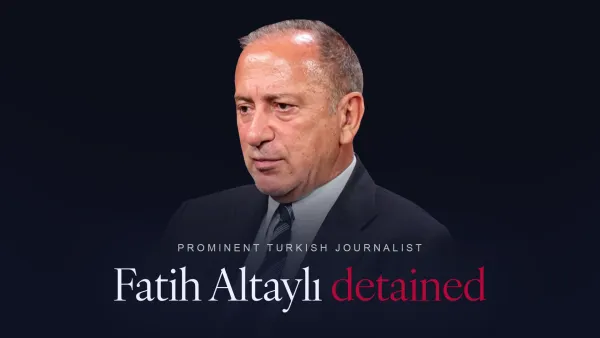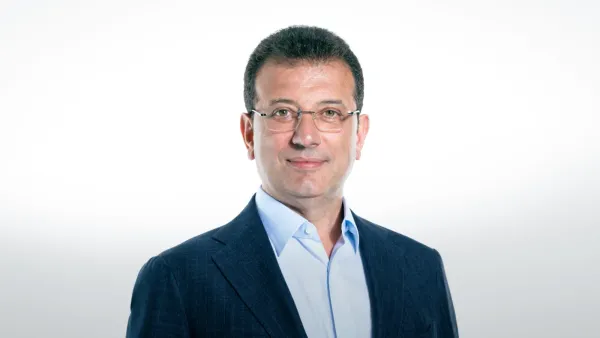Don’t underestimate Beyoğlu. If a survey were conducted asking Turks to name the two districts they know best, the top answers would likely be Istanbul’s Beyoğlu and Ankara’s Çankaya. Çankaya is well known because it houses Atatürk’s legacy, the Republic, parliament, state institutions, and embassies.
Beyoğlu’s fame, however, is of a different kind. It is seen as a glittering, colorful, almost magical world. It does not begin with the Republic: even in Ottoman times, Beyoğlu was already Beyoğlu. In fact, until the Republic, its name was Pera. The word means “the other, opposite side.” Pera was defined as a wealthy cultural and commercial district where foreign diplomats, merchants, and bankers lived. The historic Pera Palace Hotel, which has featured in numerous spy novels, still stands open today. With the establishment of the Republic, the name Pera disappeared, and the era of Beyoğlu began.
Illusion of İstiklal Avenue
If the same survey asked “Where exactly is Beyoğlu?”, the overwhelming answer would be “İstiklal Avenue–Taksim.” Because, for decades, Beyoğlu was the capital of entertainment, arts, music, theater, and cinema. And all those stories unfolded mainly between İstiklal Avenue and Taksim Square. That is why the election of conservative, AKP-backed mayors over the past 30 years has often been met with surprise—because the district is seen as the realm of the wealthy, cultivated, and culturally refined. But this is ultimately an İstiklal Avenue illusion.
İstiklal is just the facade of Beyoğlu. There is much behind the facade and much of it unknown. There was once a film called The Back Streets of Beyoğlu. We know of the district’s public face. But what about its hidden side, its backstreets? The same poverty that marks much of Istanbul is found here too. There is child labor and exploitation. There are shantytowns. Until recently, families were unable to pay off debts at the neighborhood grocer. Migrants from Anatolia who came in search of work but still struggle after three generations. And femicides as well.
Beyoğlu in decline
Beyoğlu remained a hub of culture and entertainment until the late 1990s. But the turbulence of Turkey’s cultural policies in the 2000s led to its decline—even collapse. Iconic patisseries, cinemas, theaters, and nightclubs closed down one by one, and their loyal clientele abandoned the district. Its regulars, too, abandoned it. Beyoğlu was deserted.
There were attempts to revive it: novelist Ahmet Ümit, for instance, set his famous “Chief Inspector Nevzat” character in Beyoğlu in his novel Beyoğlu’s Beautiful Brother. Thanks to that book, many young readers grew curious about the district.
Erdoğan’s political journey begins in Beyoğlu
Beyoğlu is also where President Recep Tayyip Erdoğan’s political journey began. His family hails from Rize, but he grew up in Kasımpaşa, within Beyoğlu’s boundaries. In the 1980s, he ran for Beyoğlu mayor under Necmettin Erbakan’s party but lost.
Taksim Square was also the scene of one of Turkey’s darkest tragedies: the Bloody May Day of 1977, when more than 35 people were killed after shots were fired into the crowd. Since then, Taksim Square has been closed to rallies—especially May Day gatherings. The “battle for Taksim” between the government, workers, and the opposition still burns hot.
and the mayor was arrested
Beyoğlu Mayor İnan Güney was arrested in the 16th month of his tenure, as part of Istanbul’s sweeping municipal investigations. Elected for five years, he was removed after less than a year and a half. Güney had returned Beyoğlu to the CHP after 30 years, likely due to his strong ties with the district’s struggling residents.
But being forced out before completing even a third of his mandate would most probably prevent voters from making their own judgment. Perhaps he could have halted Beyoğlu’s decline—if not restoring its old glory, at least bringing order and vitality. But he was not given that chance. Like Istanbul itself, Beyoğlu still waits to rise again. That can only happen through local administrations empowered by the people. Without that, Beyoğlu cannot climb to its feet.



